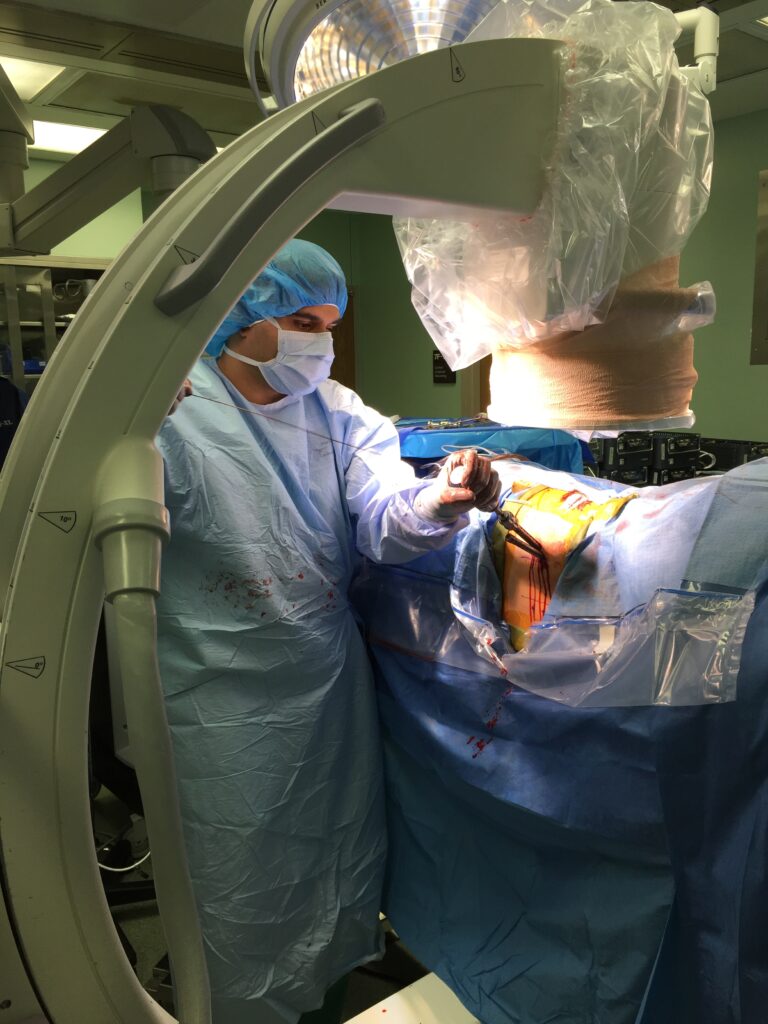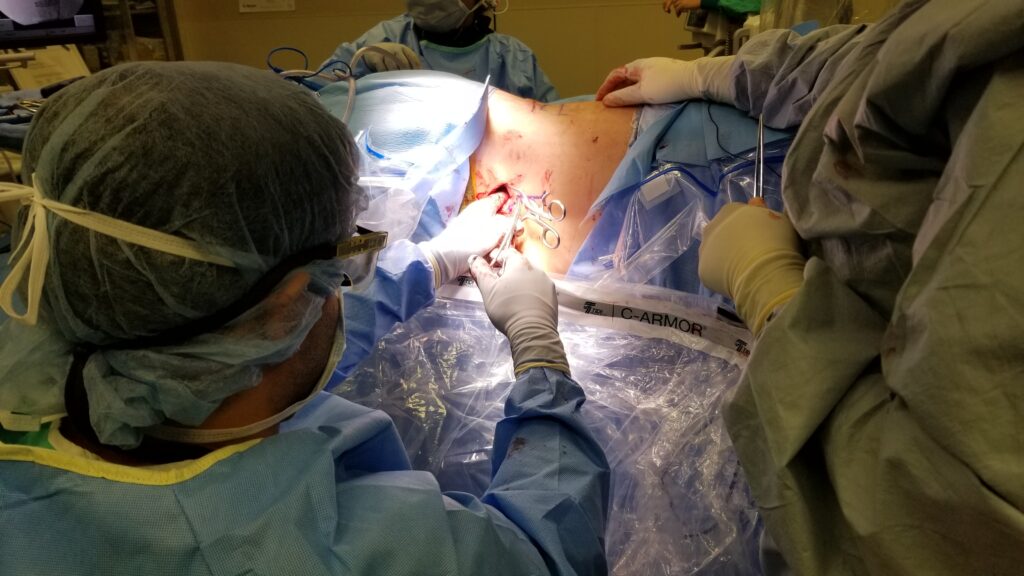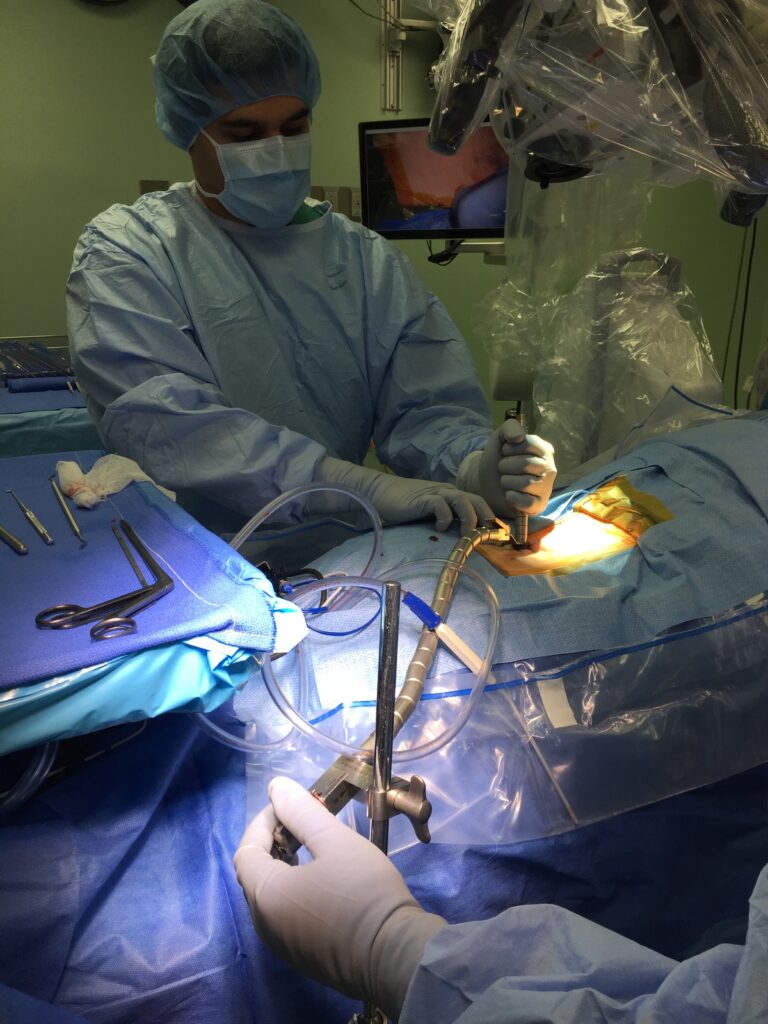Neurosurgery and Spine Care: Advancements in Techniques and Patient Care
Neurosurgery and spine care have witnessed significant advancements in recent years, transforming the way spinal disorders are treated. From cutting-edge surgical techniques to improved patient care practices, these innovations have led to quicker recoveries, less invasive procedures, and better long-term outcomes for patients. In this blog post, we’ll explore the latest developments in neurosurgery and spine care and how they are improving the lives of patients worldwide.
The Evolution of Spine Surgery: From Open Procedures to Minimally Invasive Techniques
For decades, spine surgery was performed through open procedures, which required large incisions and longer recovery times. While these surgeries were often effective, they came with a higher risk of complications, including infection, blood loss, and longer hospital stays. However, recent advancements in minimally invasive surgery (MIS) have drastically changed the landscape of spine care.
Minimally Invasive Spine Surgery (MISS)
Minimally invasive spine surgery refers to techniques that involve smaller incisions, less tissue disruption, and more precise surgical procedures. Neurosurgeons now use specialized instruments, including endoscopes, microscopes, and robotic technology, to access the spine through small incisions. This approach allows for:
- Reduced Pain: Smaller incisions mean less trauma to surrounding muscles and tissues, resulting in less postoperative pain.
- Quicker Recovery: Because the body experiences less disruption during the surgery, patients typically recover faster, allowing them to return to their daily activities sooner.
- Lower Risk of Complications: MIS reduces the risk of infection, blood loss, and nerve damage, leading to a safer overall experience.
- Shorter Hospital Stays: Many patients can go home the same day or within 24 hours, compared to several days of recovery following traditional open surgeries.
Advanced Imaging and Robotic Assistance: Precision and Accuracy in Spine Surgery
One of the most groundbreaking innovations in neurosurgery is the use of advanced imaging technologies and robotic assistance. Surgeons now have access to high-definition imaging, which allows for detailed, real-time views of the spine during surgery. Technologies such as intraoperative CT scans and fluoroscopy help neurosurgeons visualize the spine and surrounding structures with unprecedented accuracy.
Robotic Spine Surgery
Robotic spine surgery is another game-changer in the field. Robotic-assisted systems provide real-time data and precise guidance for surgeons, improving the accuracy of spinal procedures such as:
- Spinal Fusion: Robots help place screws and rods with extreme precision, reducing the risk of misalignment.
- Disc Replacement: Robotic assistance ensures the correct placement of artificial discs, leading to better outcomes and faster recovery.
- Scoliosis Correction: Robotic systems can assist in correcting complex spinal deformities, making the procedure less invasive and more effective.
Robotic surgery is particularly beneficial for complex cases where precision is critical, reducing the chances of complications and improving surgical outcomes.
Stem Cell Therapy and Regenerative Medicine: A Promising Future
One of the most exciting advancements in spine care is the use of stem cell therapy and regenerative medicine to treat spinal conditions. Stem cells have the potential to regenerate damaged tissues, promote healing, and even repair degenerated discs and spinal cord injuries.


